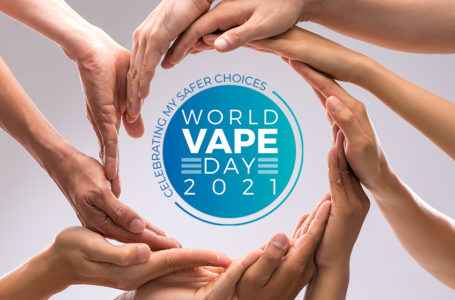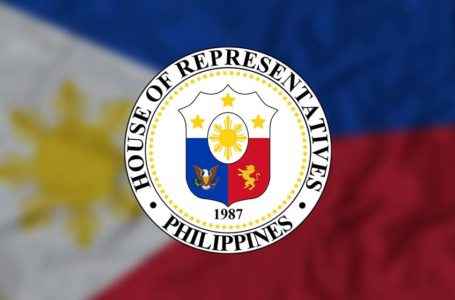Public health experts accused anti-vaping groups of resorting to tactics more akin to a cultural war than sound science, discouraging smokers from switching to potentially less harmful alternatives.
Dr. Marewa Glover, a leading public health researcher from New Zealand, said during the recent Global Forum on Nicotine that these groups are waging a “culture war” on tobacco harm reduction (THR) efforts.
THR, as a public health strategy, promotes the use of cigarette alternatives that do not burn and do not produce smoke, such as vapes, heated tobacco, and oral nicotine pouches. While these products contain nicotine, studies show that the absence of burning and smoke, which contains harmful chemicals, lessens the chance of disease and health issues for its users. Nicotine by itself does not cause cancer.
“One strategy in this culture war is to create polarization, split people, facilitate doubt, create fear, and encourage people to feel anger towards those people who have a different point of view,” Glover said during the forum in Warsaw, Poland.

Dr. Marewa Glover
Glover compared the tactics used to those seen in broader cultural conflicts, where groups try to impose their beliefs on others. “As a professor of public health, I’m concerned about lots of threats to public health,” said Glover. “The strategies being used include cancelling people, threatening people who will not fall in line with, in terms of public health and what they want.”
Glover was among the panelists who discussed the nature of the THR debate, including different factions’ objectives and the tactics being used, such as misinformation, emotive appeals, and personal attacks.
Dr. Rohan Andrade de Sequeira, a cardio-metabolic physician with over 25 years of experience in India and the UK, pointed to the ban on e-cigarettes in India as an example of a policy misguided by this “culture war.”
“The ban actually led to a surge in youth vaping,” Sequeira said. “A complete ban creates a black market for these products, removes regulatory oversight, and exposes users to potentially dangerous, unregulated devices.”

“The moment the vape ban came into place, there was a sudden surge in the usage of devices among the youth, which basically did the exact opposite of what it was supposed to have done. There should have been a regulation,” he said.
“Whenever you have any kind of prohibition, whether it’s drugs or alcohol, you just drive the whole thing underground. And then you see this booming black market. You don’t have any regulatory control over that. You don’t get any taxes out of that. You’re getting products which have no quality control, no quality analysis,” said Sequiera. “That makes the entire matter worse, because now people are falling sick because of inferior quality products.”
Sequeira also challenged the notion that vaping acts as a “gateway” to smoking, particularly among young people. “In 2018, there was a survey which was conducted in India that 20 million kids in the age group of 10 to 14 smoked at least 5 to 10 cigarettes a year. That’s more than the population of some countries, and in the last 24 hours, 650,000 kids in India smoked a cigarette every day. What gateway are we talking about?” he said.
Sequeira said misinformation also exists within the medical community. “The issue is that 95 percent to 99 percent of doctors in India have no clue what THR is. And everything about THR is all based on perceptions and miscommunication, misrepresentation and false messaging,” he said.
Both Glover and Sequeira underscored the importance of education and countering misinformation to promote informed decision-making by both medical professionals and the public.
Global Forum on Nicotine conference director Jessica Harding said over 100 million people worldwide have already switched to vaping and other THR products to quit smoking.



















